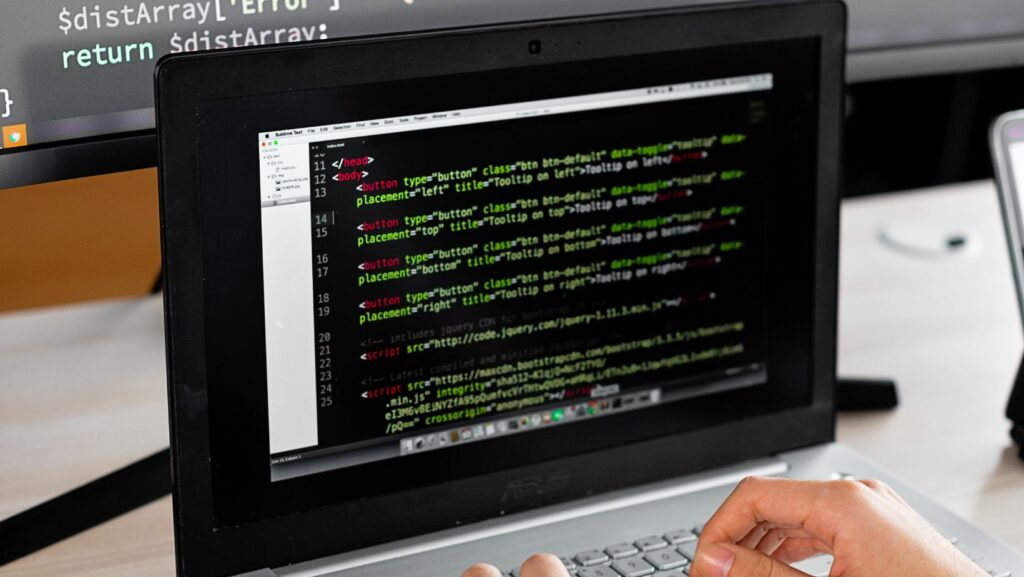Microsoft Visual C++ is a powerful programming language that can be used to create amazing software. In this blog post, we will take a look at the basics of Microsoft Visual C++, including how to create and run a program.
We will also explore some of the features of this language that make it so popular among developers. So if you are new to Microsoft Visual C++ or just want to learn more about it, then keep reading!
What is Microsoft Visual C++
Microsoft Visual C++ ( usually abbreviated to MSVC ) is an integrated development environment ( IDE ) product from Microsoft for the C, C++, and CLR programming languages. MSVC is proprietary software; it was originally a standalone product but later became a part of Visual Studio and was subsumed into Visual Studio .NET. The most recent version is Visual C++ 2019 , which was released on April 2, 2019. It features improved support for standards, better performance, and a new installer.

The debugger has been updated and now supports 64-bit PCs. The runtime library has also been updated with additional security features. In addition, Visual C++ now supports the latest C++ language standard, C++17 . As a result, Visual C++ is a powerful tool for developing software for Windows.
How to Install Visual C++
Before you install Visual C++, you need to make sure that your computer meets the system requirements. If it doesn’t, you might experience problems during installation or after installation. To check the system requirements, go to the Microsoft website and search for “Visual C++.” Under “System Requirements,” you will find a list of the hardware and software that you need. Once you have checked the system requirements, you can download Visual C++ from the Microsoft website.
After downloading, run the installer and follow the instructions on the screen. If you’re prompted to restart your computer, do so. When installation is complete, you will be able to use Visual C++ to develop applications for Windows. That’s all there is to it!
The Basics of Programming in Visual C++
Visual C++ is a powerful programming language that enables you to create sophisticated software applications. The Visual C++ programming environment includes a set of tools that help you develop, test and deploy your programs. In addition, Visual C++ includes a wide range of libraries that provide functionality for commonly-used tasks, such as file input/output, networking and database access.
To get started programming in Visual C++, you will need to install the Visual C++ development environment on your computer. Once you have done this, you can launch the Visual C++ development environment and begin creating your first program. When creating a new program, you will need to specify the program’s source code files and any additional resources that it requires. Once you have done this, you can add code to your program files and compile the program to generate an executable file. Finally, you can run your program to test it and make sure it works as expected.
Examples of How to Use Visual C++
Visual C++ is a powerful versatile programming language that can be used for a wide range of applications. One of the most popular uses for Visual C++ is creating graphical user interfaces (GUIs). By utilizing the Visual C++ Integrated Development Environment (IDE), developers can create forms, dialogs, and controls that have a professional look and feel.

Additionally, Visual C++ can be used to create ActiveX controls, which are reusable software components that can be used in a variety of programs. For example, an ActiveX control created in Visual C++ could be used in an Excel spreadsheet or a Word document. Finally, Visual C++ can also be used to create console applications, which are text-based programs that run in a command prompt window. Console applications are typically used for tasks that need to be automated or for data processing.

